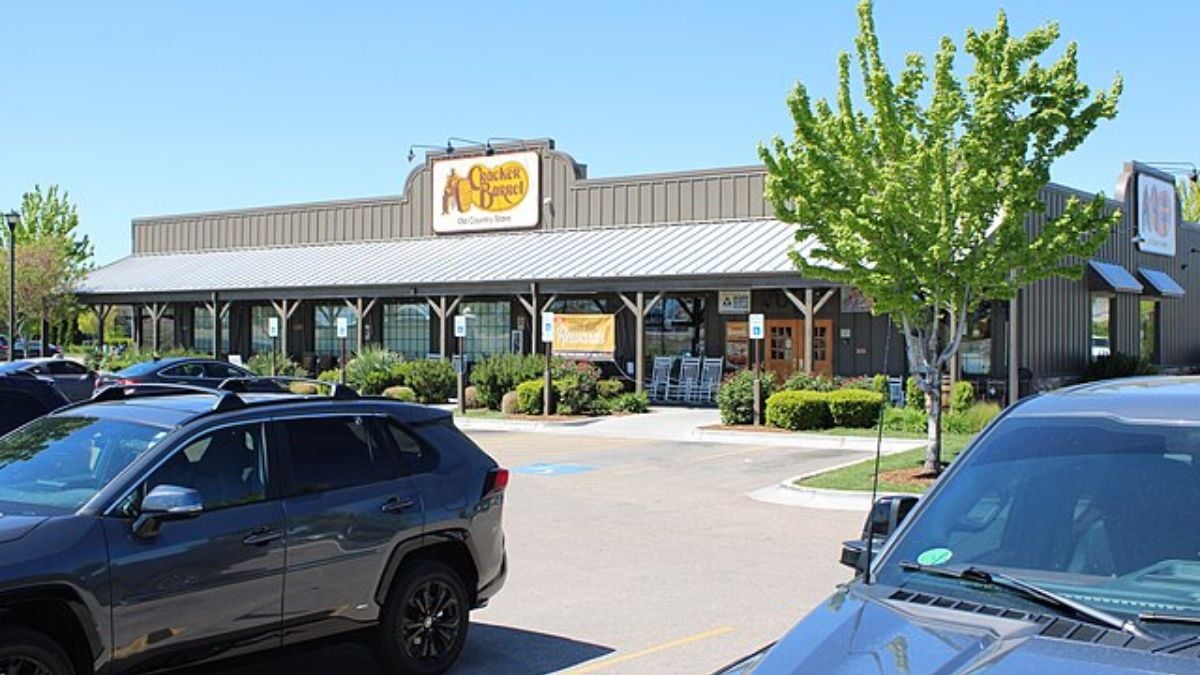
The Southern comfort favorite that built its name on biscuits and rocking chairs hit a rough patch. Cracker Barrel rolled out a slick new logo and modern interiors – and loyal customers panicked. Foot traffic immediately plunged ~8%, stocks slid, and management hurriedly scrapped the changes. Now the chain is scrambling to understand what went wrong with its country‐charm makeover.
Logo Blunder Sparks Outcry
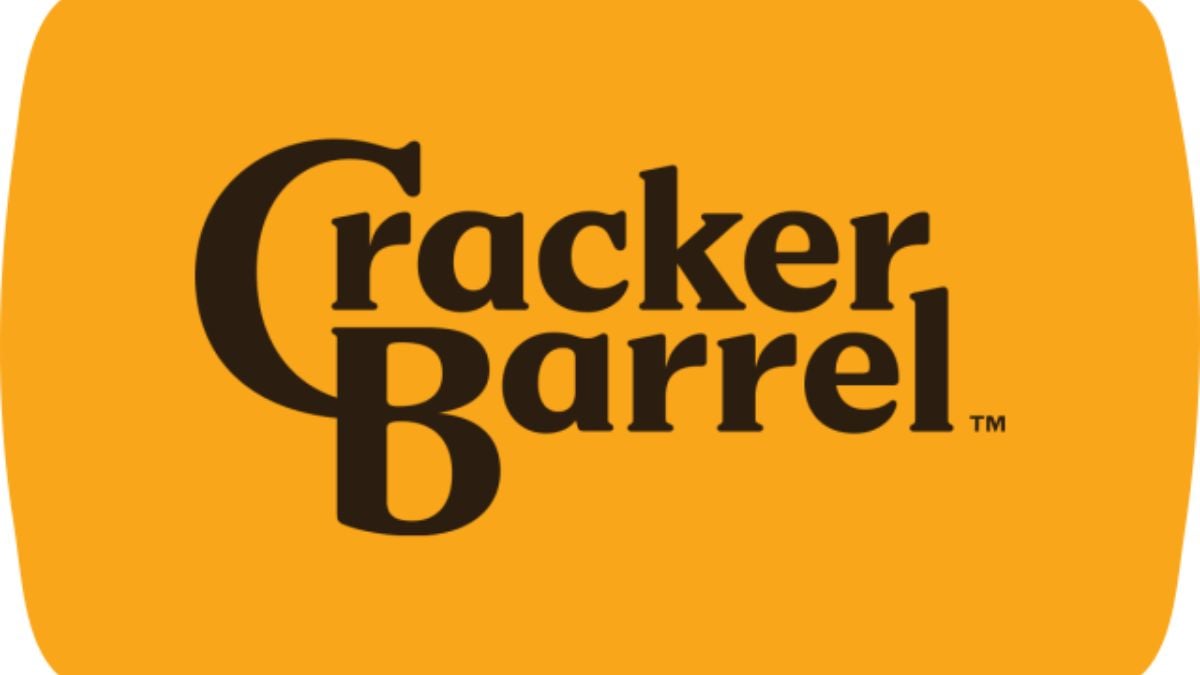
Cracker Barrel’s attempted logo refresh blew up in its face. When the chain swapped out its beloved “Uncle Herschel” figure for a minimalist design, longtime fans felt betrayed – “it felt like the brand was erasing its identity”. Almost immediately, store traffic plunged about 8% and its shares fell sharply. Even President Trump piled on, tweeting the chain should “go back to the old logo”. Within a week, Cracker Barrel did just that, reverting to its classic “Old Timer” sign in hopes of calming the storm.
Modern Makeover Misfires
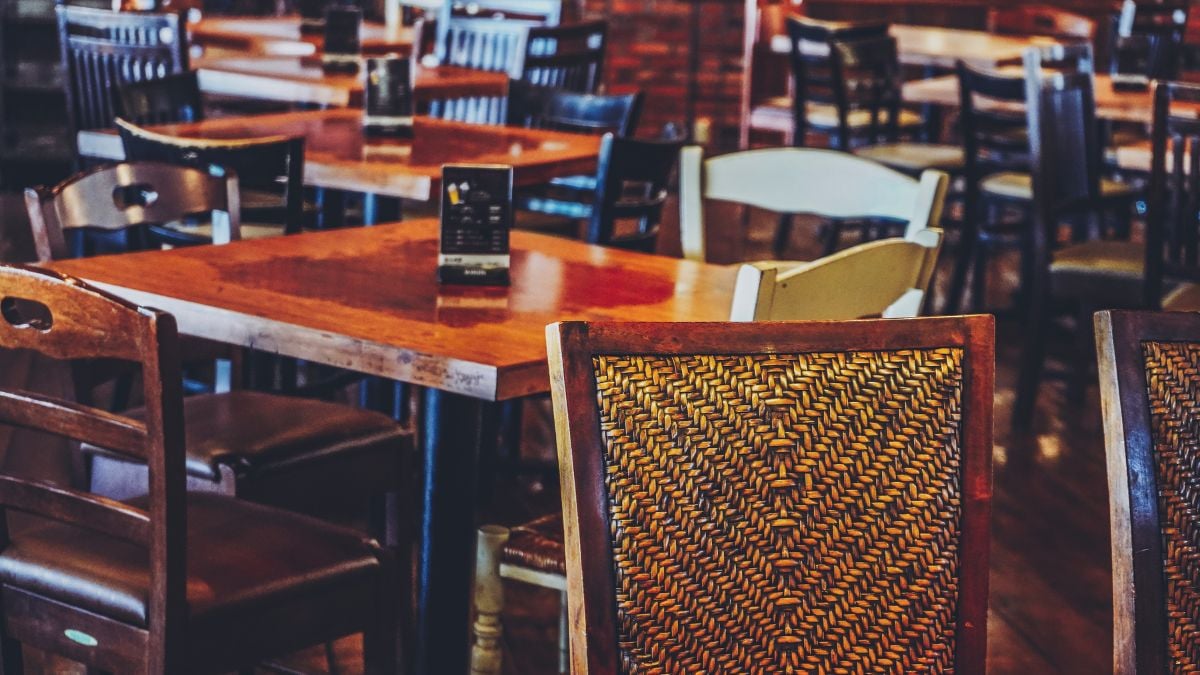
The chain’s store-redesign plan backfired, too. Cracker Barrel tested sleek, modern interiors in four locations, only to hear customers cry foul. Diners accused it of sanitizing the down-home feel, so management hit the brakes. All four pilot stores are reverting to traditional country-style decor, and dozens of remodels that had begun at other restaurants will be halted. The attempt at chic dining rooms ended up proving one thing: when your vibe is “homey nostalgia,” selling out that style turns customers off.
Kitchen Cuts Leave Bad Taste
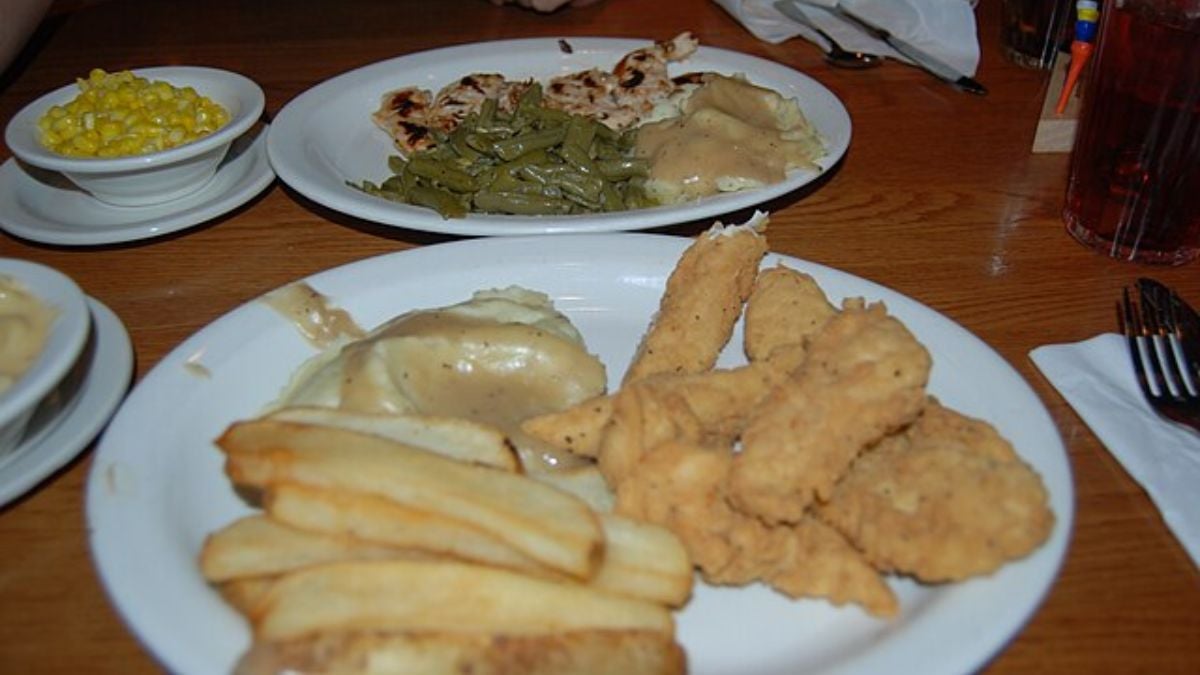
Even the food was caught in the crossfire. Insiders claim Cracker Barrel was microwaving day-old meatloaf and sending out rock-hard or “rubbery” biscuits. Sides like green beans and bacon were allegedly pre-cooked and reheated, leaving guests unimpressed. The backlash forced a comeback: by September, the chain announced it was returning to “handmade biscuits” — “rolled by hand and baked fresh throughout the day”. In short, Cracker Barrel learned the hard way that shortcuts in the kitchen can alienate the very customers who crave its traditional recipes.
Traffic Tumbles After Rebrand

Unsurprisingly, fewer people were showing up. After the logo launch, CFO Craig Pommells reported store traffic was down roughly 8% compared to normal. The company now warns that first-quarter visits will fall 7–8% year-over-year (full-year traffic is expected off 4–7%). In a segment where dining-out spending is already tight, those declines are painful. Every unplanned percentage point drop in guests is lost sales, and Cracker Barrel has already factored this sharp traffic slump into its weak outlook.
Financial Fallout and Franchise Cuts

All these hiccups are showing up in the financials. Cracker Barrel now guides FY2026 revenue of $3.35–$3.45 billion, below Wall Street’s forecast. Comparable-store retail sales were down about 0.8% in Q4, and full-year sales dipped similarly. To trim costs, the chain plans to close 14 of its Maple Street Biscuit Co. restaurants in the year ahead, putting growth plans on hold. Even as wages and ingredient prices rise, Cracker Barrel is pouring more into marketing and training — a sign that repairing the brand is now a budget priority.
Peers Shine as Cracker Barrel Stumbles
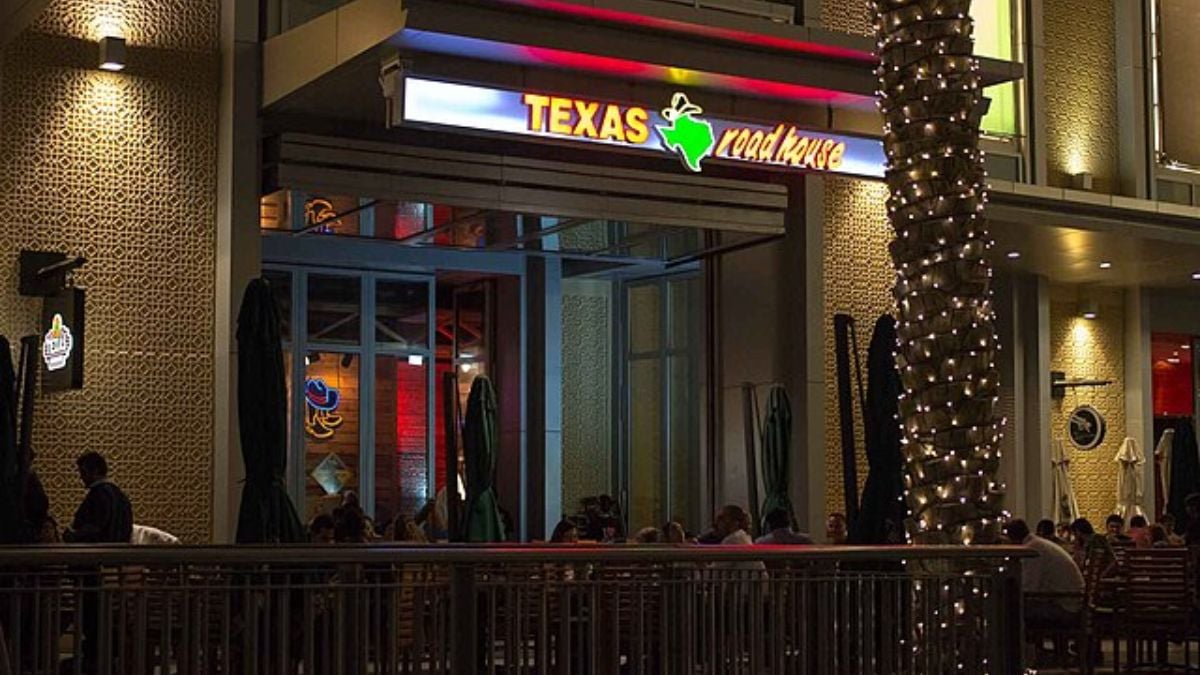
Meanwhile, other casual-dining chains are keeping it simple. Competitors like Texas Roadhouse and Darden’s Olive Garden are emphasizing steaks, generous portions, and operational consistency rather than flashy rebrands. Analysts note that brands winning in today’s market stick to core menu favorites and value deals, not just new looks. Cracker Barrel’s peers show that in a sluggish economy, delivering familiar comfort food and promotions tends to protect traffic better than a cosmetic overhaul. In short, when diners are cutting back, they want the classics — and that’s Cracker Barrel’s real competition.
Battling Back with Loyalty and Classics

To win customers back, Cracker Barrel is doubling down on nostalgia. Its loyalty program is growing fast — it now boasts about 9 million members, gaining 300,000 in just four weeks. The CEO promises marketing will lean into the brand’s original charm, highlighting “fans’ love for Uncle Herschel” and other familiar touchpoints. Expect promotions that bring back old favorites and let diners give feedback after every meal. The idea is clear: if authenticity sells, then good old-fashioned Southern hospitality and hearty country recipes need to shine again.
A Cautionary Country Tale
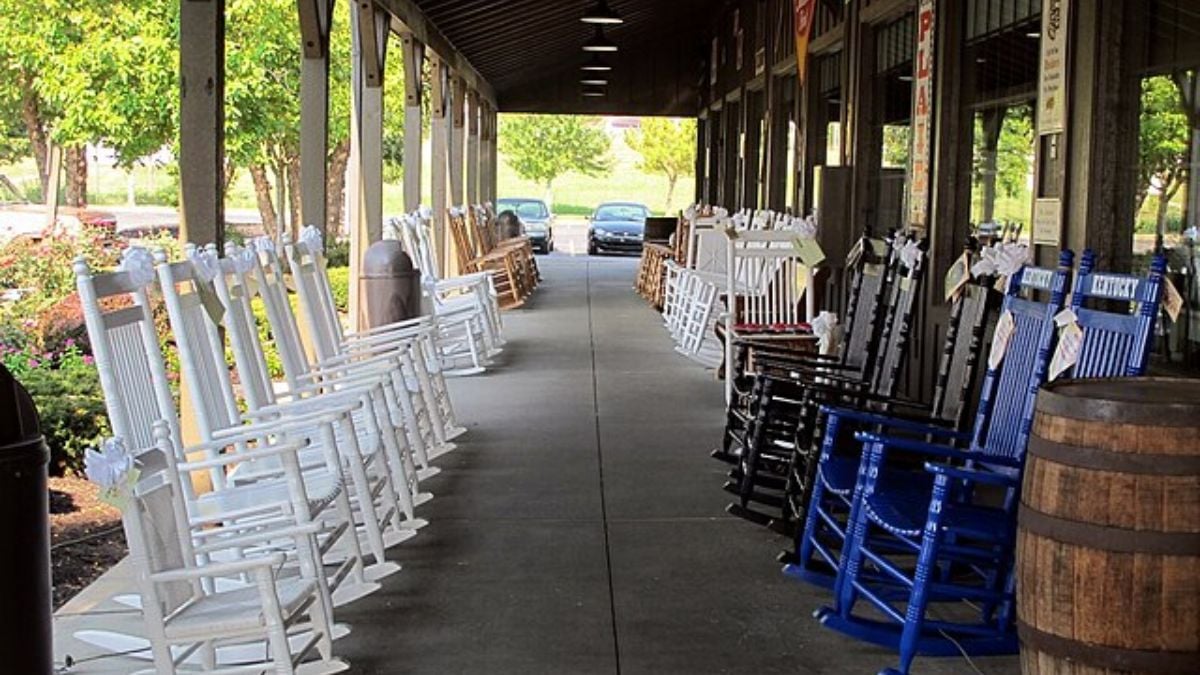
This isn’t Cracker Barrel’s first crisis of confidence. Brand experts compare it to past branding disasters — from Tropicana’s juice fiasco to Bud Light’s recent ad blunder — where changing a familiar look without customers’ buy-in tanked sales. Cracker Barrel had decades of brand equity tied up in its “homey” image, and removing its signature iconogram was perceived as a betrayal. Now the chain insists it’s backpedaling fast: in a statement, it vowed that “the vintage Americana you love will always be here — the rocking chairs on the porch, our fireplaces…and our craveable food and country hospitality”. The lesson is clear: for this country stalwart, preserving tradition matters more than chasing trends.
Wrap-Up: Will Tradition Win Back Fans?
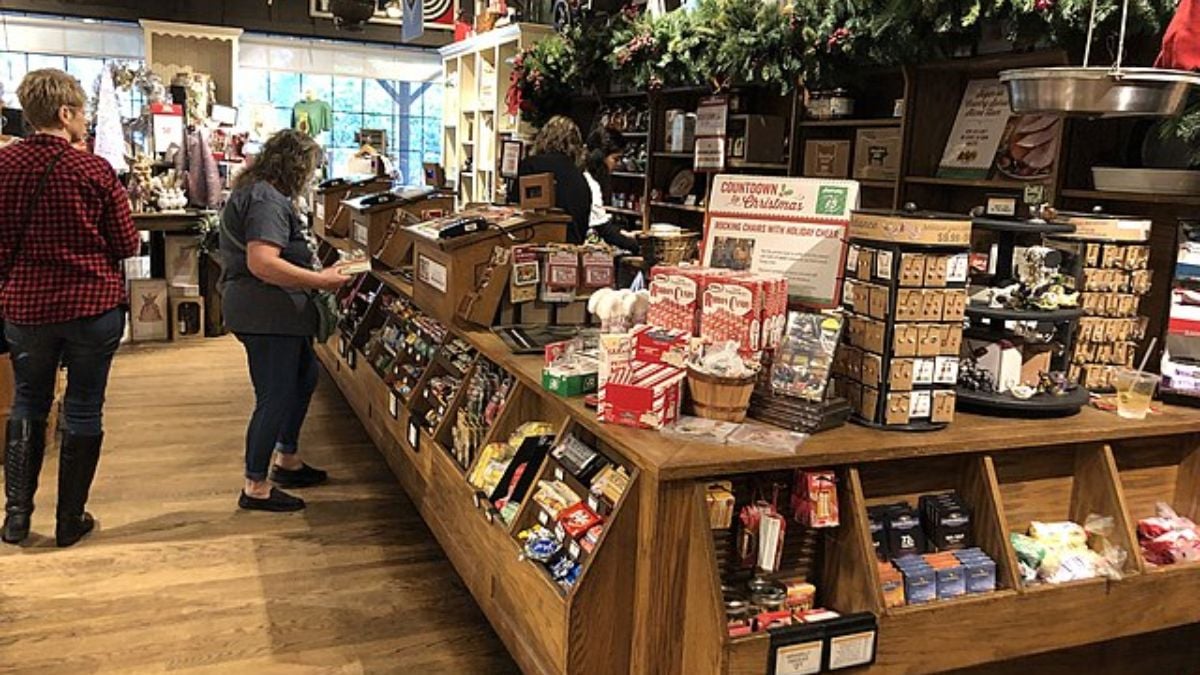
Cracker Barrel’s rocky chapter shows just how powerful consumer trust can be. The chain is counting on its loyal customers to forgive these missteps — but will nostalgia and biscuits be enough? If you’re a Cracker Barrel regular (or have seen these changes firsthand), share your take below. Is the Old Timer revival enough to win you back, or did the makeover leave a bitter taste? Let us know in the comments, and tell us if there’s more we should cover.

